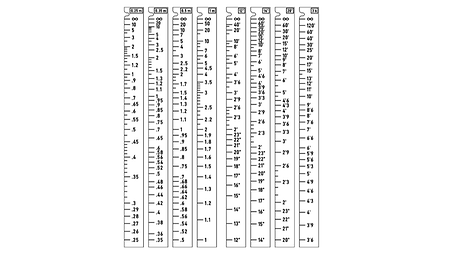RF-EMIP (white radio) is our standard radio and provides sufficient range for most cine productions. The typical range (line-of-sight) is 150m, though the actual range can vary depending on the environment. Obstacles such as people or walls blocking the radio signal, as well as other radio transmitters operating on the same frequency, can reduce the range and performance of the Radio Modules.
Whenever possible, we recommend using our RF-2400 Radio Module (orange radio) in combination with our RIA‑1. The RF-2400 utilizes frequency-hopping technology and is extremely robust against radio interference. It also offers a slightly better range than the RF-EMIP, but it truly excels in challenging RF environments. The only downside of the RF-2400 Radio Module is its point-to-point connection. While up to three hand units can be connected to the same radio host via RF-EMIP, the RF-2400 supports only a single hand unit. It is also possible to use both RF-EMIP and RF-2400 in parallel on the same camera. Some productions even use two RIA‑1 units with RF-2400 on the same camera—one for focus control and the other for iris control.
For users in the USA or Canada, we also offer the RF-900 Radio Module. These modules provide the longest range in our radio system and, thanks to their frequency-hopping technology, are also highly resistant to radio interference. Like the RF-EMIP, up to three hand units can be connected to a RIA‑1 using the RF-900. However, the use of the RF-900 is legally restricted to the USA and Canada.


